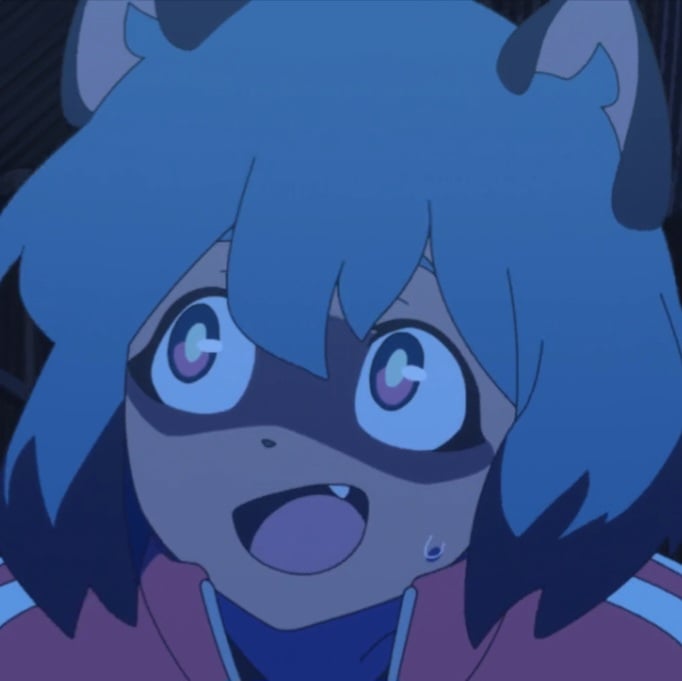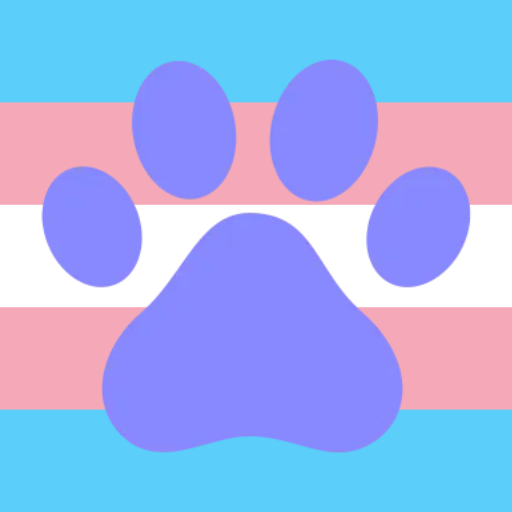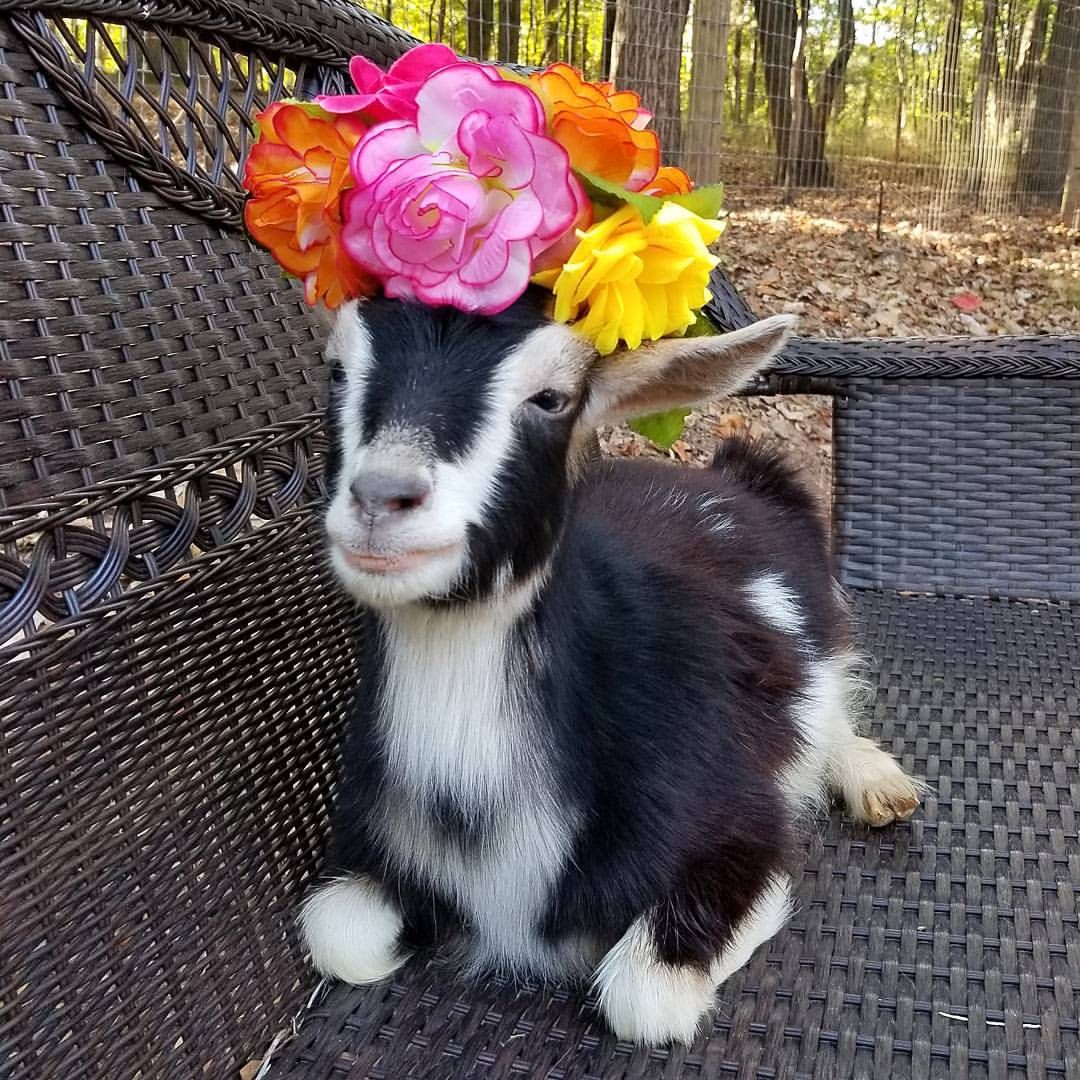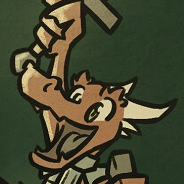[TW: Mentions of sexual dimorphism in animals. TWed just in case]
Most animals are sexually dimorphic, which means male and female individuals are different from each other beyond their bottoms. But for some animals, the differences are even more starking than humans.
For example, the different feather colors between male and female mallards. Male mallards have green heads while female mallards are mostly brown.
Other animals takes it further. Such as how all workers of a eusocial insect (ants, bees, and wasps) colonies are female and the males are just drones. There are many other examples in the wild.
When we turn these animals into anthros, we tend to keep their dimorphism, at least most of the obvious ones like how anthro deers have antlers, male anthro lions have manes, etc.
Now imagine if these anthros were transgender, how would it work out? How would they transition?
For example, how would transgendeers deal with their antlers? Would they wear fake antlers (for FtM deers) or cut their antlers (for MtF deers)? And what about anthro animals where the male and the female individuals have different fur/feather patterns? Would they have to paint their fur?
I suppose hormone could play a part in dimorphism even for animals, so much like humans, HRT may exist for anthros. But how would they work and what’s the effect for anthros, especially for non mammals like insects, avians, and fish sonas?
But aside from that. I think the biggest hurdle would be size differences. Many male animals are larger than their female counterparts, sometimes as far as being twice their size. That could be a problem even worse than height dysphoria.
Of course, all of this can be hand-waived. Just like how anthro bears and anthro rabbits are often drawn the same size despite being a bear and a rabbit, we could also make male anthros and female anthros the same general size.
Besides, most animals don’t have visible tops, yet most female anthros do.
But, I think this is an interesting topic to think about.
OH also pokèmon fanart has done this with pikachu a lot, where trans pikachus will tape a bit of yellow material to their tails to either fill in the heart or add a heart.
its quite cute }:3
Where this gets even more interesting is: Some transmasc Pikachu art features the two sections of the “heart” tail stitched together. As for how the transfem Pikachu counterpart to that would work, my guess is that it would involve reshaping of the tail.
As for Pikachu tails on Pikachus that are not male or female look, there are several ways people draw those: Some are drawn in a way that differs majorly from heart or square tails, one example being a mostly-triangular end, somewhat modeled after flames. One intersex Pikachu artwork I saw is one where half the tail is heart, the other half square. A theoretical ADDITIONAL way to draw a non-masc non-fem Pikachu tail is for the tips of a heart Pikachu tail’s hearts to be a shape that is not round, so something like a triangle, square (so a notched square tail), or something else, or to have the entire tail end be an arbitrary shape. Or you could have the whole tail end in a circle. There are MANY ways to draw a Pikachu tail that is not masc or fem.
this is most excellent, we have such pikachu gender representation yey
I can provide examples of the shapes that people have drawn:
Transmasc Pikachu with stitched tail: https://www.furaffinity.net/view/39071465/
Intersex Pikachu (not fully heart or square): https://www.deviantart.com/twinkel13/art/Intersex-Pikachu-561094460
Flame Tail Nonbinary Pikachu: https://www.deviantart.com/lovelatias/art/Non-binary-pikachu-706846661
Double Triangle Tail Nonbinary Pikachu: https://www.deviantart.com/attemptinggood/art/Gender-neutral-Pikachu-903517742
That’s interesting. Though, I wonder how it would play out for other Pokemons, especially Nidoran and its evolutions (nidoking and nidoqueen). How would a non-binary version of them play out?
I’ve seen the art, it’s really cute :3
Also, things can get even more interesting to think about when we throw intersex into the equation.
And even wilder, animals that don’t conform to our idea of gender (yes, they exist too!). There are still a few things I think can be explored in this topic, sucb as:
- Animals that reproduce asexually, thus lacking in gender,
- Animals that are naturally hermaphroditic (such as worms, though these animals are rarely used for fursonas anyway),
- Animals that can change their gender naturally (such as clownfish. Unrelated, but can you imagine how interesting it would be if that fact is referenced in Finding Nemo?),
- Animals with different sex determination. For example, turtles’ gender are determined by their temperature in the egg. Imagine the gender stereotypes!
- Birds also have different chromosomal system for determining gender. It’s not XX or XY for them, but I don’t know much about avian genetics.
- Some animals have different gender roles. For example, female hyenas are higher in hierarchy than male hyenas. Also, for lions, the lioness are usually the ones hunting. Given that different animals have different gender roles, it would be interesting to see how that would play out in an anthro society where many different species would mix.
Birds use chromosomes Z and W. ZZ is masc, ZW is fem.
I think that similarly to how trans folk arent a monolith, and the general steps a trans furry takes for their transition would sorta just be up to whatever they feel like doing and not adhere to any rules.
But also yeah, generally speaking I think a trans furry would try to match their preferred gender markers whether that be through medical procedures or prosthetics. Or even the gender markers resulting from a furry’s social constructs, such as a ftm deer bucking horns or an mtf lioness doing the hunting.
NB furries can be any mix of it all or none or anywhere in between.
Imagine being a transmasc bird and losing all the color from your plumage





